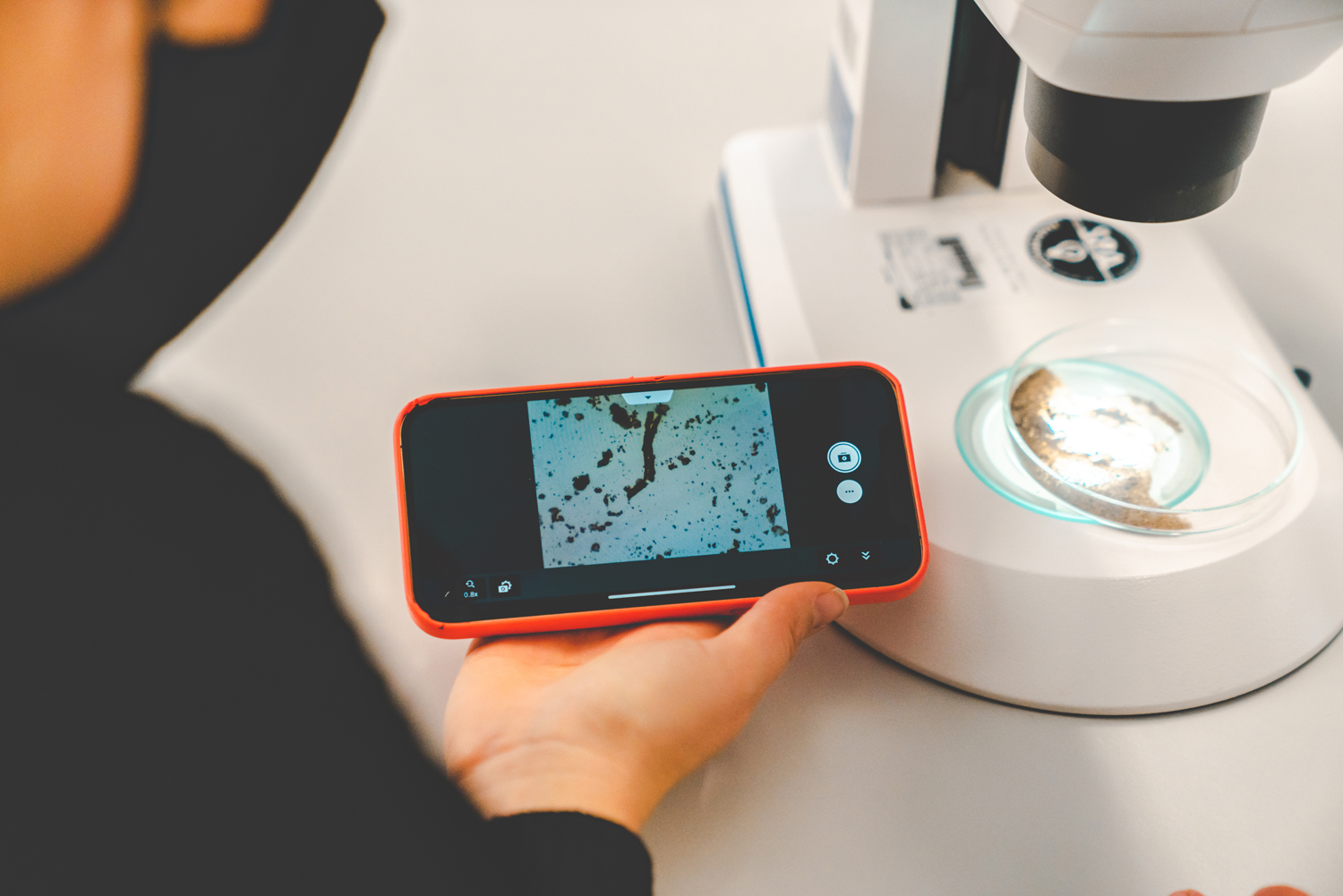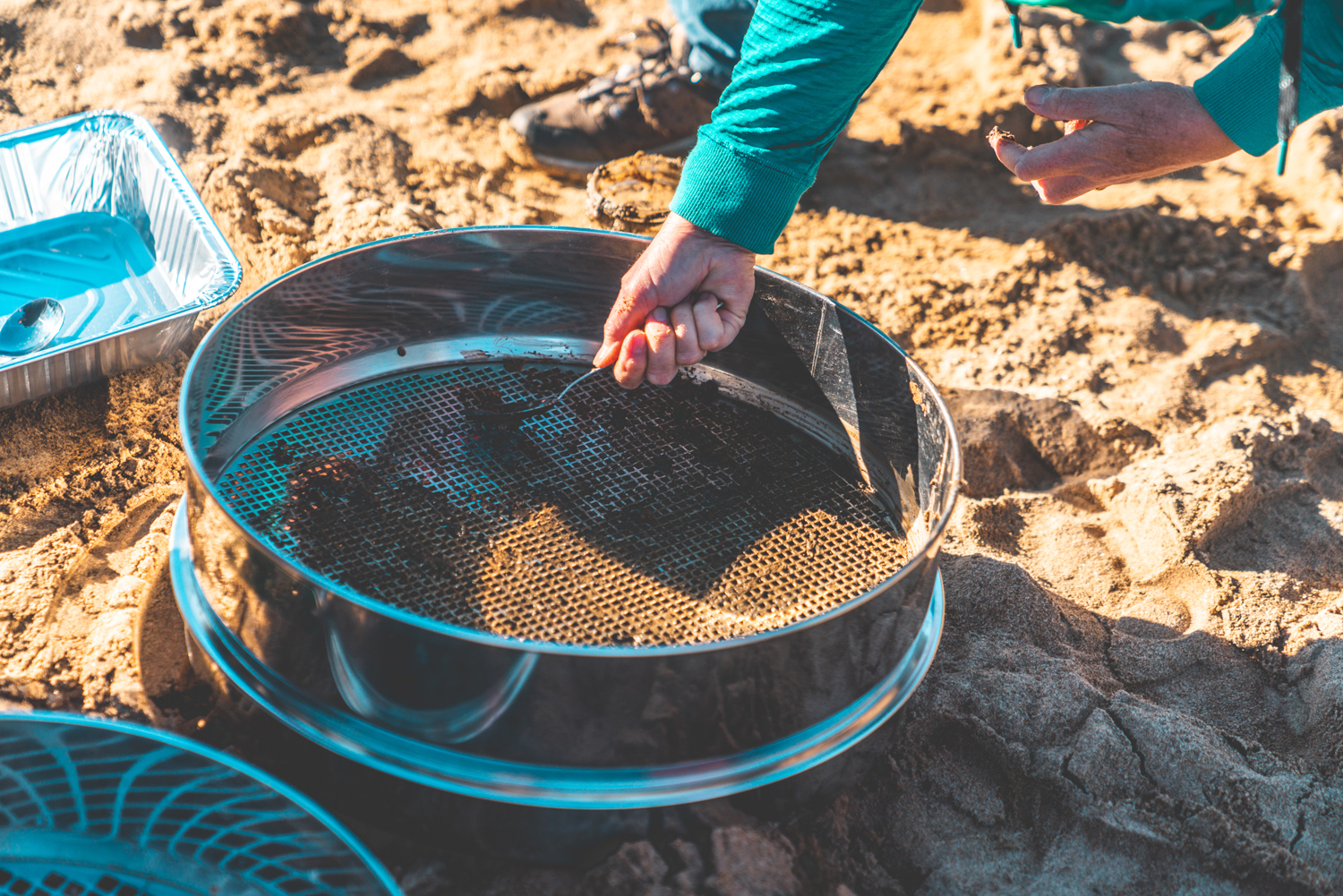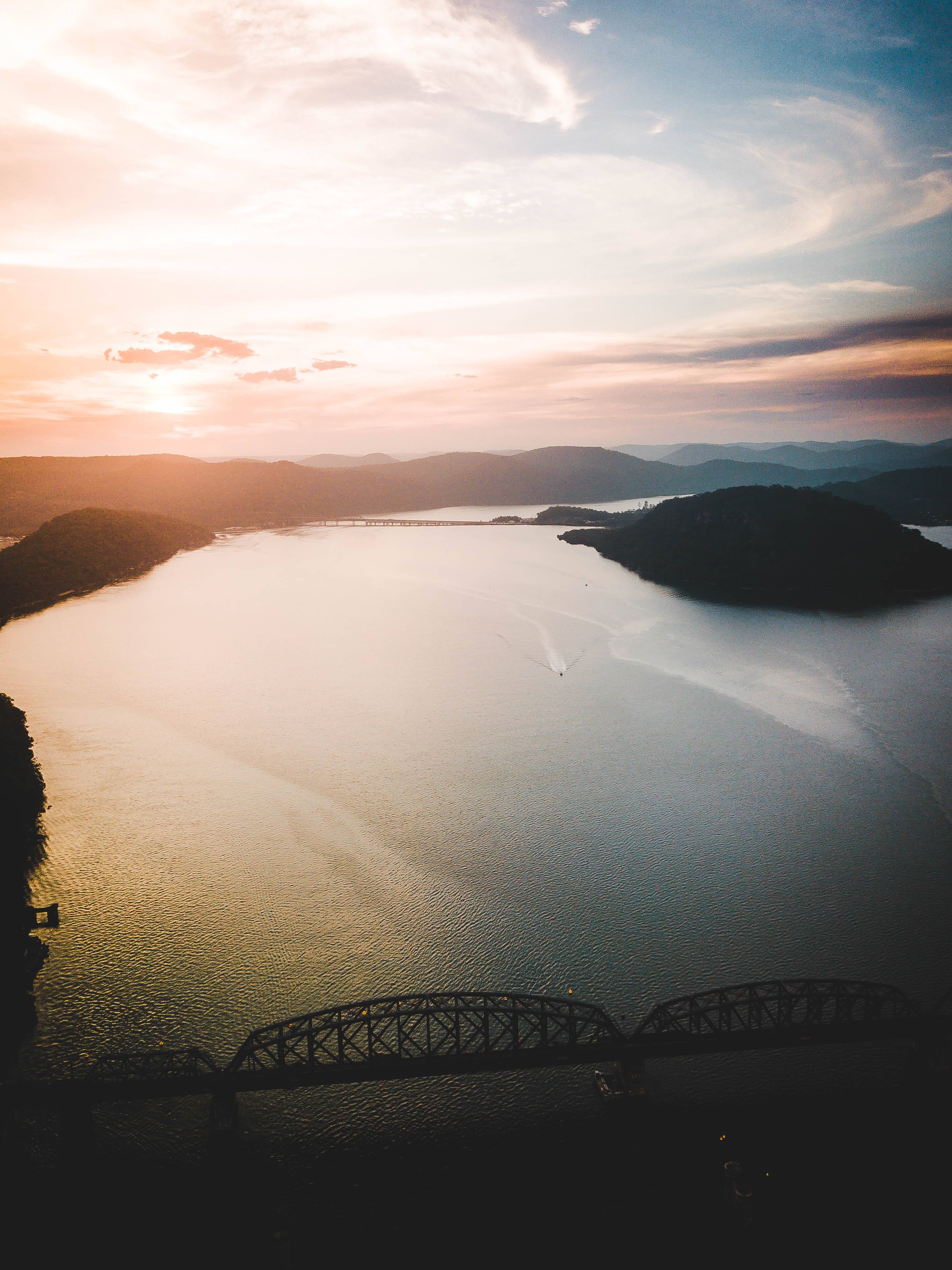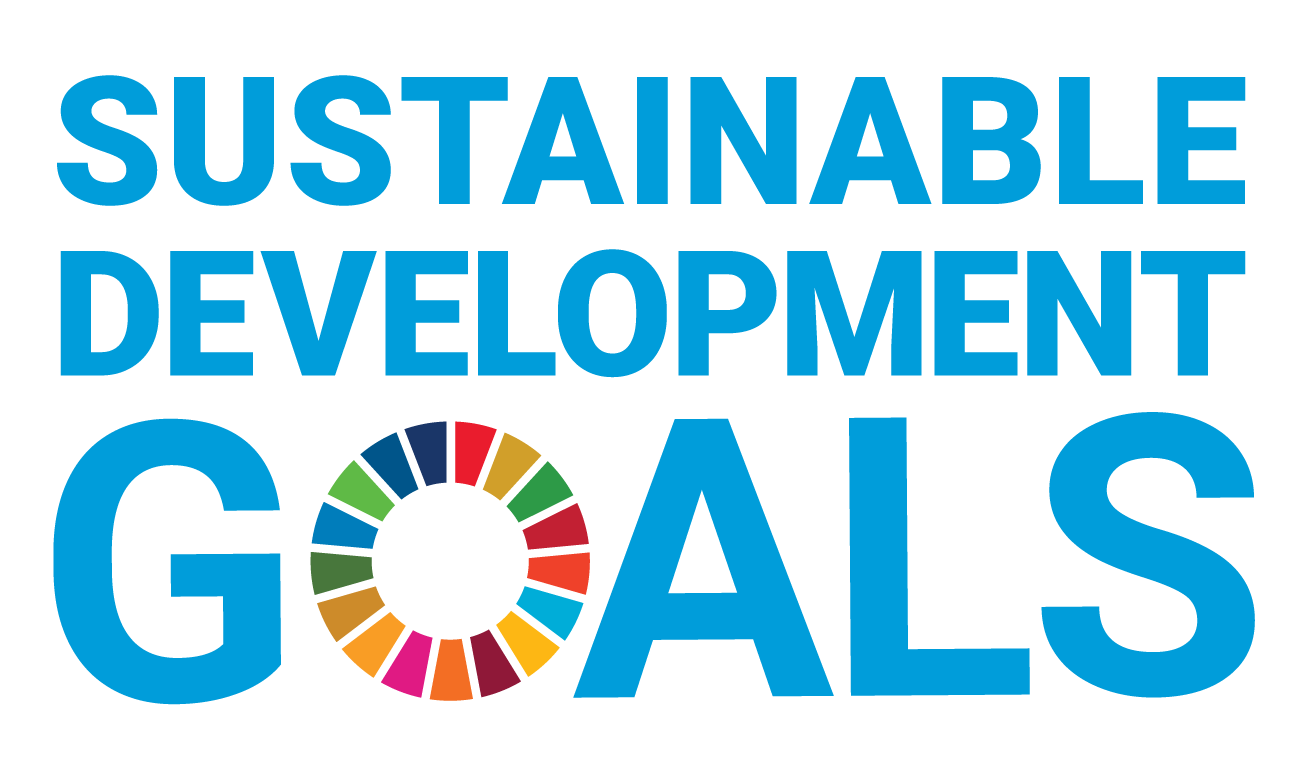You can search for courses, events, people, and anything else.
Microplastics are causing concern globally, but very little is known about how they damage ecosystems. Studies have shown that they have a large impact on wildlife that inadvertently consume microplastics. “One impact that microplastics can have is that they can starve wildlife,” says Michelle Ryan from Western Sydney University’s School of Science “Microplastics swallowed by wildlife fill their stomachs and create a feeling of fullness, so animals no longer feed and starve themselves.”
There are growing concerns that microplastics can impact human health too. “We know that microplastics enter the human body through the food chain and they have been found in the blood, organs and faeces,” says Ryan. “The health impact of this has still to be determined.”
To assess the amount of microplastics present in the Hawkesbury–Nepean river system, Western researchers and students, in collaboration with Streamwatch and Greater Sydney Landcare, conducted a workshop with volunteers from the community in June 2021.
Such activities are urgently needed since most research on microplastics to date has focused on the oceans, meaning that much less is known about their levels in river systems. Nevertheless, “microplastic concentrations in freshwater rivers could be potentially higher than in oceans, due to the lower water volume and rivers being smaller ecosystems,” notes Ryan.
Need to know
- On average, 3 grams of sand from the Hawkesbury– Nepean river system contains four pieces of microplastics.
- Most of the microplastics came from beauty products, clothing and towels.
- Volunteers from the community participated in the workshop.
An analysis of samples collected during the workshop revealed an average of four pieces of microplastics per 3 grams, or a teaspoon’s worth, of sand. “That’s a lot considering how much sand and sediment freshwater systems have,” says Ryan.
The analysis also indicated the origin of the microplastics. “These microplastics were made up of microfibres and microbeads from beauty products, clothing and towels. The major source of microplastics in river systems are from products that we use and wash down the drain.”
Involving the community was a critical part of the workshop. “The whole reason I do environmental science is to bring about positive changes in the environment. It’s imperative that I share my science with communities and educate them on environmental issues as it is the community who can bring about widespread, positive change in the environment,” says Ryan. “When the community is educated about an issue such as microplastics, they can implement simple changes — something as minor as changing the brand of facewash — to reduce the amount of microplastics in the environment. All these small changes can result in a huge impact.”
The project is ongoing. “It has been embedded into the curriculum for science students, and students undertook a microplastic assessment in the Hawkesbury–Nepean River in September 2022,” says Ryan. “We also plan on running another community workshop in early 2023.”
Meet the Academic | Dr Michelle Ryan
Dr Michelle Ryan is a lecturer in Ecology and Environmental Science in the School of Science. Michelle’s passions include working with local communities to create positive environmental outcomes through education. Her research interest includes human impacts on aquatic environments with a focus on the ecological health of freshwater systems and aquatic vertebrates. Michelle’s current research focuses on waterway health. She is currently leading a number of research projects on the health of the Hawkesbury-Nepean River system, with projects investigating microplastics, the use of wetlands as nutrient offsets and investigating the health of the Hawkesbury-Nepean platypus population.
Credit
Future Makers is published for Western Sydney University by Nature Research Custom Media, part of Springer Nature.
© Naja Bertolt Jensen/Unsplash
© Eggzy Pallet/Unsplash







